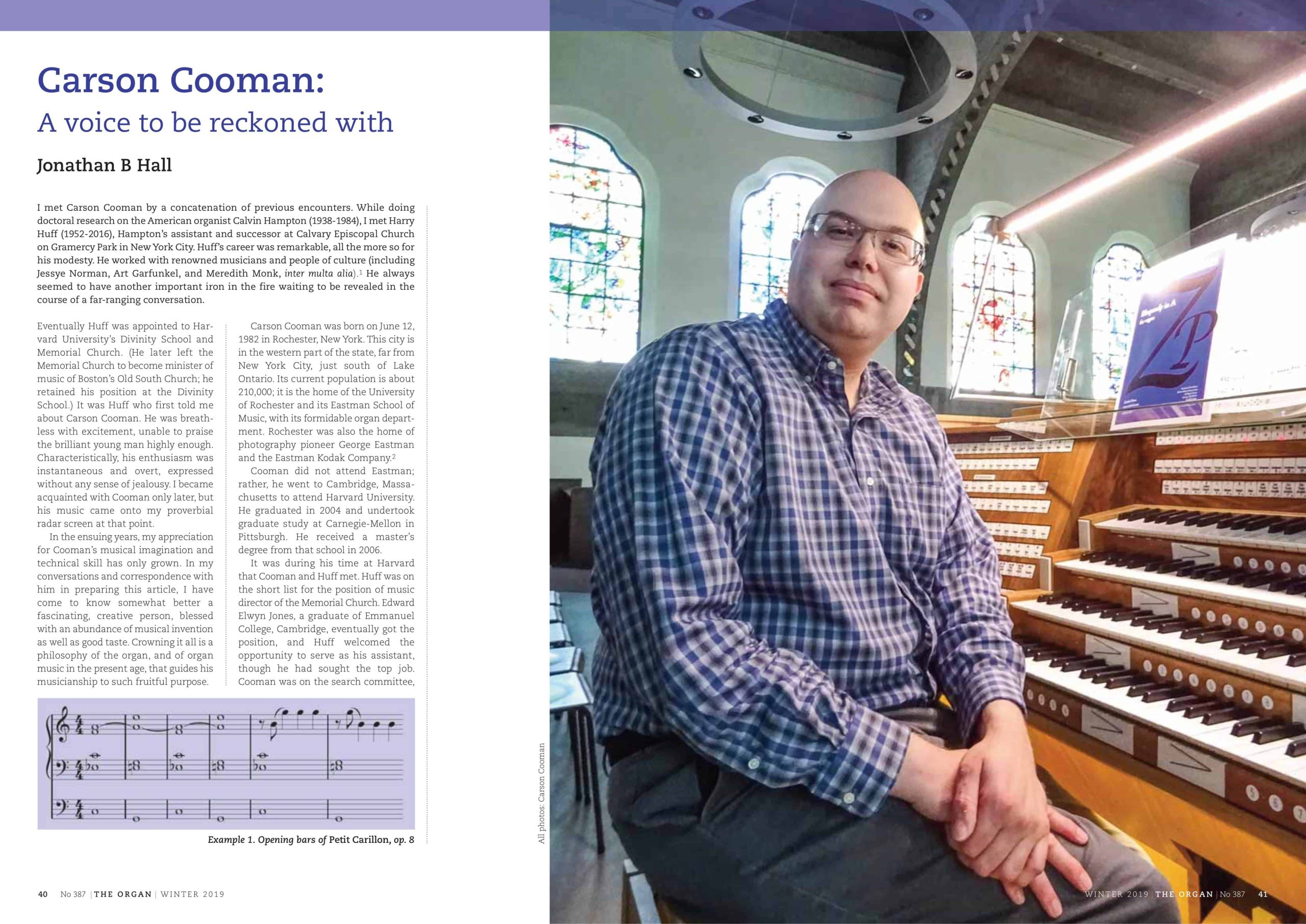The Winter 2019 issue of The Organ Magazine has an extensive feature on composer and artist Carson Cooman. You can hear his organ music in our new discounted set of 10 recordings by Erik Simmons!
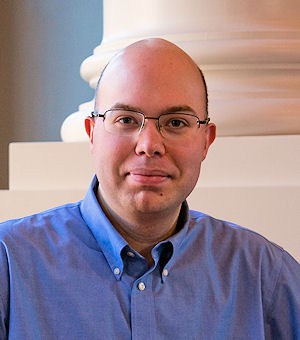
Carson Cooman has an impressive and growing discography. In particular, there is a series of ten CDs, under the rubric “Organ Music by Carson Cooman.” These are on the Divine Art label, a cooperative enterprise which allows the artist control over the production process and marketing. The titles of the CDs are short and evocative, and are taken from a track on the given recording.
—Jonathan B. Hall, The Organ
One of the most delightful features of these recordings is the organist, Erik Simmons. His playing is as clean and concise as the music; he allows each score to speak (or sing) for itself. Another contribution he makes is in the organs chosen for each CD. These are virtual models, in most cases made by Jiří Žůrek of the Academy of Sciences of the Czech Republic (Hymnus features an organ modeled by Gernot Wurst.) The Žůrek models are part of the Sonus Paradisi project. All of these recordings are played on virtual organs, and they are chosen from all over Europe. We hear the Cavaillé-Coll organs at the Abbey of St-Etienne in Caen and Notre- Dame in Saint-Omer; the 1831 Bätz organ in the Domkerk of Utrecht; the two Marcussens of the Laurenskerk in Rotterdam; the 1732 Engler in Basilica Maria-Himmelfahrt in Krzeszów (Grüssau); the Rosales in Trinity Cathedral, Portland, Oregon; and still others.
In other words, the recordings offer a virtual world tour and compendium of organ tonal concepts in addition to the music. The use of digital technology is highly cost-effective as well; there is no need to travel, transport heavy equipment, rent a church, and record in the wee hours when traffic is light. Post-production is light, as the recordings are entirely Hauptwerk-to-disc. At the same time, the lifelike quality of the model gives a faithful idea of the instrument and acoustic. The present writer was struck, in particular, by the power of the bass, where there is so often some loss in conventional recordings. Digital calleth unto digital.
The repertoire for each CD is chosen around a coherent theme. The titles are usually chosen from one piece on the recording, but the pieces themselves have relationships to each other. So the two-CD set titled Preludio heavily favours works evoking historic models. Italian predominates (ricerare, canzona, concertino, passacaglia, “Rondo estatico”), though we also find an allemande, a rondeau, a tambourin, and a “Kleine Speilmusik” and “A Bedfordshire Voluntary” to boot. The liner notes explain: The works included on this album are largely bound together by inspiration from various facets of early music. Without any question, my favourite period of the pre-20th century organ literature is the late Renaissance and very early baroque. Though the late/ high baroque gets far more attention, it is this earlier period that holds significantly greater musical interest for me, in part because the music is so often imbued with a tremendous freedom of harmony and mode that was largely lost until the 20th century.
Meanwhile, Masque is a collection of preludes and fugues, rounded out with a short work titled Preghiera and a longer Symphony for Organ. The title of the first movement of the Symphony, “Masque,” gives us the CD title. The preludes and fugues are this writer’s favourite part of the album, because of the wealth of invention, not only in the preludes, but in the themes of the fugues and their treatment. These “dry” forms display the composer’s fecundity and musicality with telling clarity.”
Carson Cooman Recordings on Divine Art
-
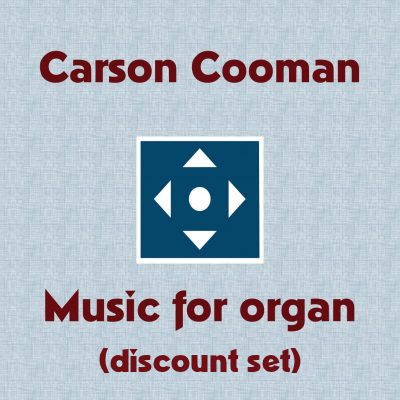 Carson Cooman organ music – volumes 1-14 (discount set)Price range: £94.40 through £131.25
Carson Cooman organ music – volumes 1-14 (discount set)Price range: £94.40 through £131.25 -
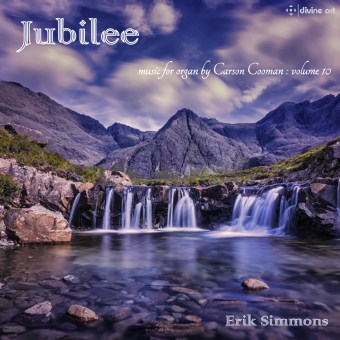 “Jubilee” – Carson Cooman organ music vol. 10Price range: £8.99 through £14.99
“Jubilee” – Carson Cooman organ music vol. 10Price range: £8.99 through £14.99 -
 Sea Dream – Carson Cooman Organ Music volume 9Price range: £8.99 through £14.99
Sea Dream – Carson Cooman Organ Music volume 9Price range: £8.99 through £14.99 -
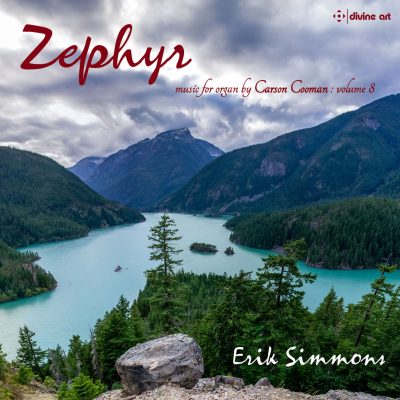 Zephyr (Carson Cooman Organ Music vol. 8)Price range: £8.99 through £14.99
Zephyr (Carson Cooman Organ Music vol. 8)Price range: £8.99 through £14.99 -
 Owl Night – Carson Cooman Organ Music vol. 7Price range: £8.99 through £14.99
Owl Night – Carson Cooman Organ Music vol. 7Price range: £8.99 through £14.99 -
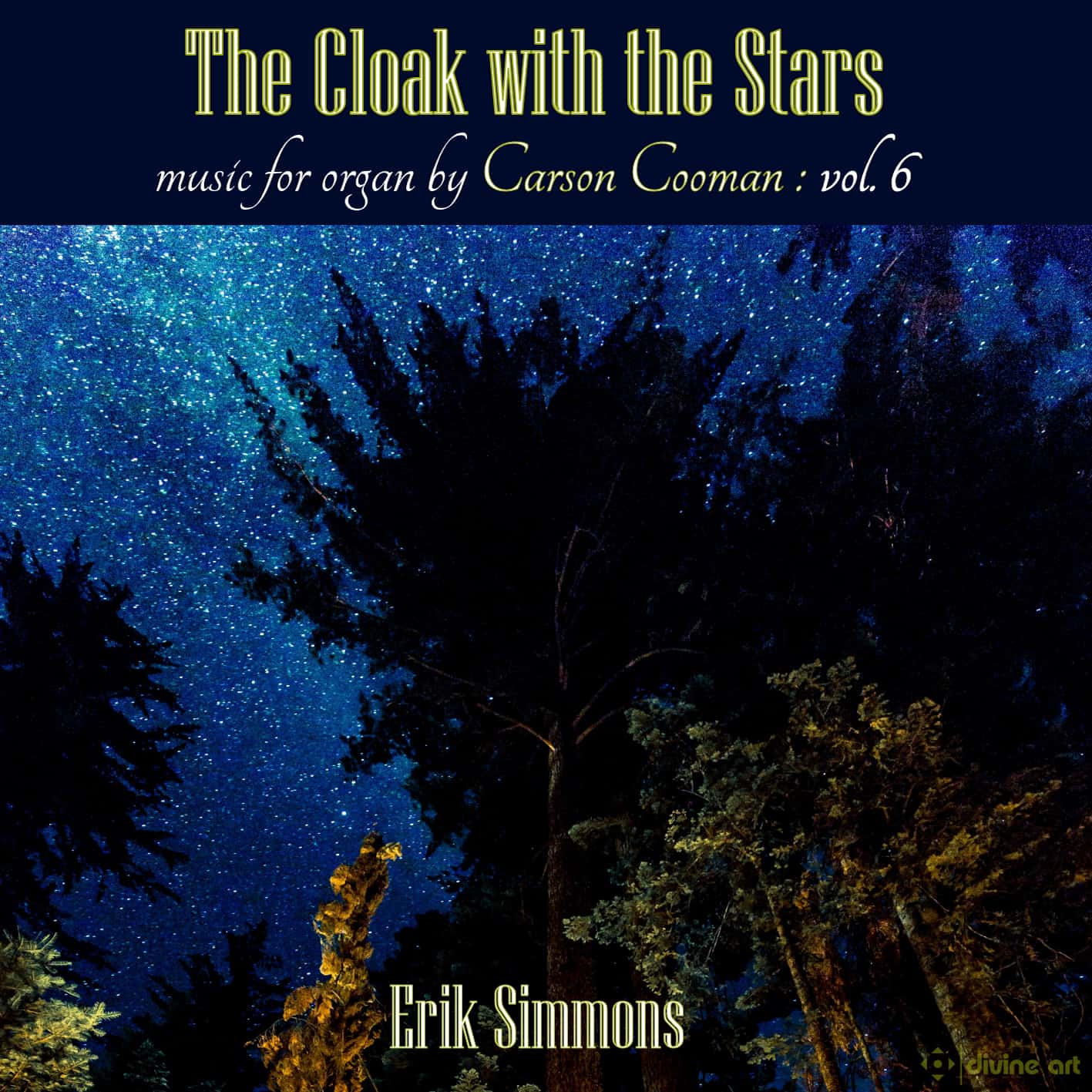 Cooman: The Cloak with the StarsPrice range: £8.99 through £14.99
Cooman: The Cloak with the StarsPrice range: £8.99 through £14.99 -
 Exordium: Organ Music by Carson CoomanPrice range: £8.99 through £14.99
Exordium: Organ Music by Carson CoomanPrice range: £8.99 through £14.99 -
 Hymnus: Music for Organ by Carson CoomanPrice range: £8.99 through £14.99
Hymnus: Music for Organ by Carson CoomanPrice range: £8.99 through £14.99 -
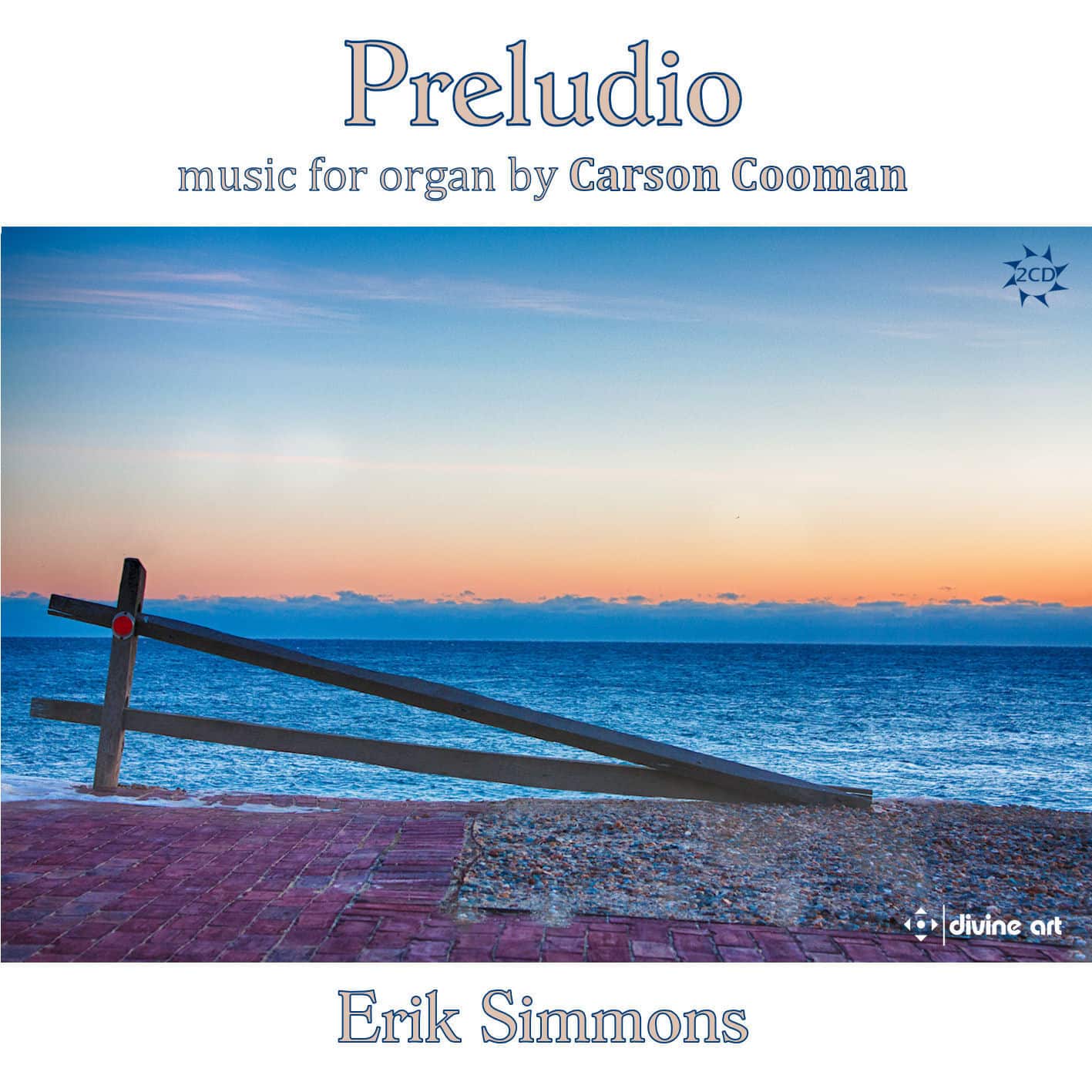 Preludio – Organ music by Carson CoomanPrice range: £12.49 through £22.49
Preludio – Organ music by Carson CoomanPrice range: £12.49 through £22.49 -
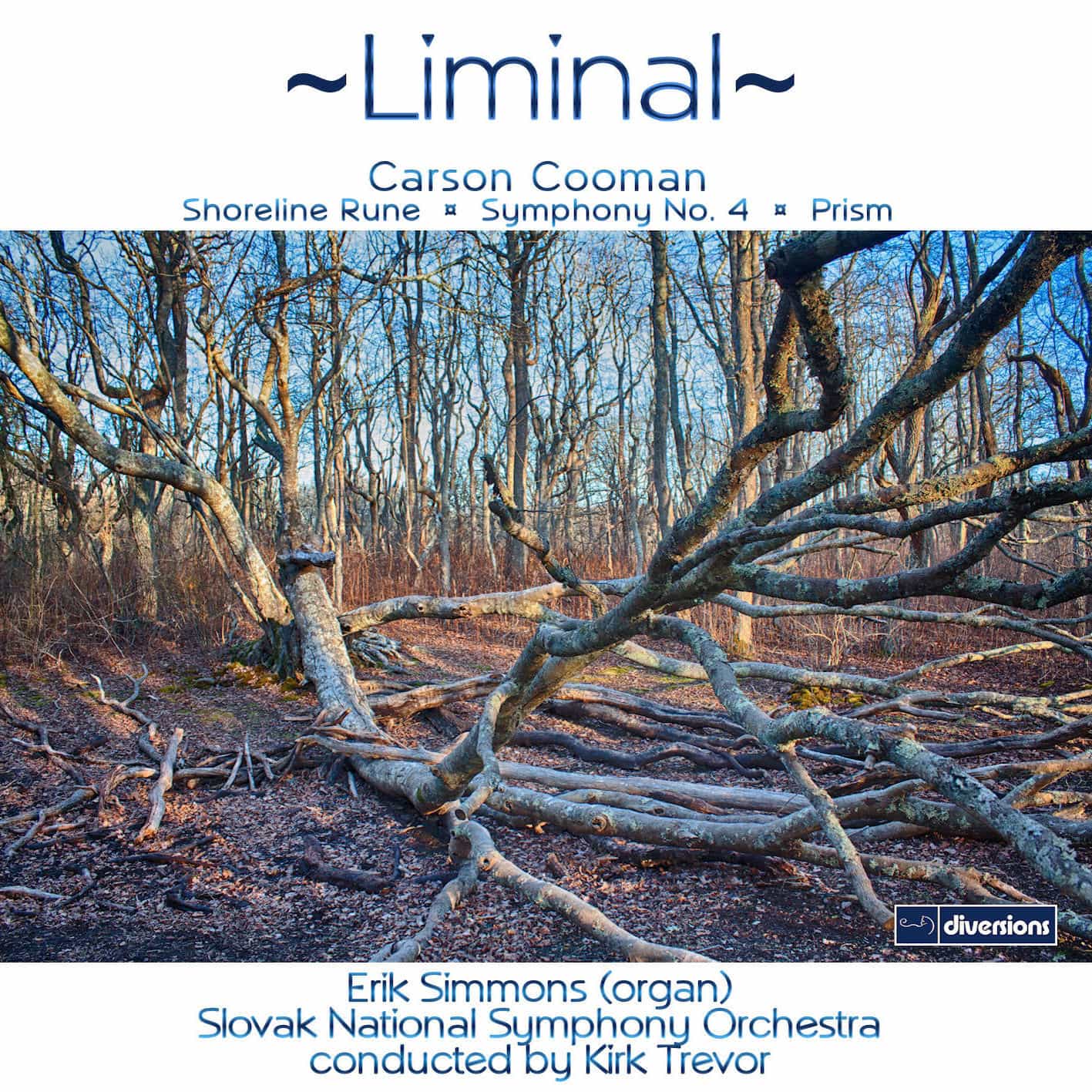 Carson Cooman – LiminalPrice range: £6.99 through £11.49
Carson Cooman – LiminalPrice range: £6.99 through £11.49 -
 Masque: Music for Organ by Carson CoomanPrice range: £8.99 through £12.50
Masque: Music for Organ by Carson CoomanPrice range: £8.99 through £12.50 -
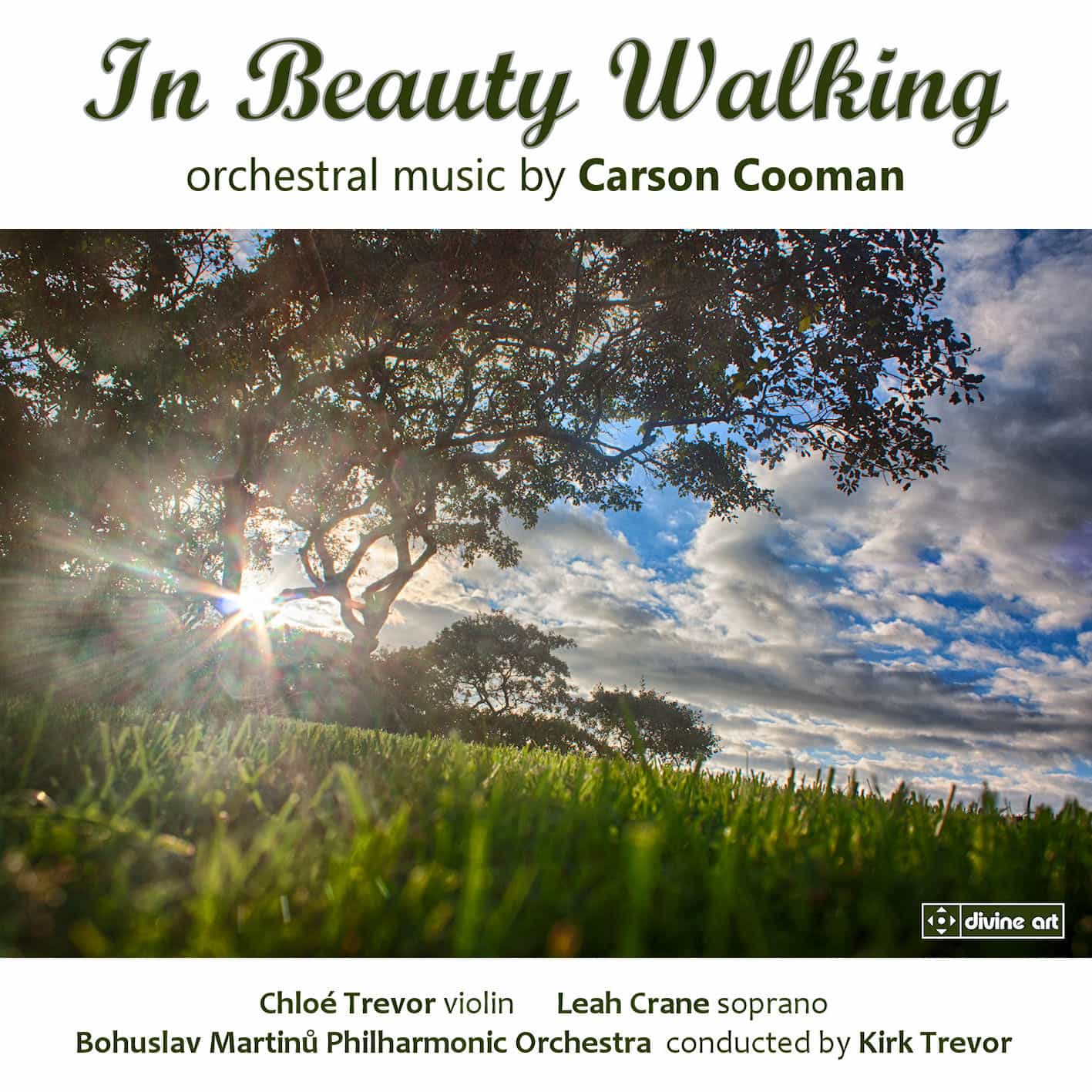 In Beauty Walking – Orchestral Music by Carson CoomanPrice range: £8.99 through £12.50
In Beauty Walking – Orchestral Music by Carson CoomanPrice range: £8.99 through £12.50 -
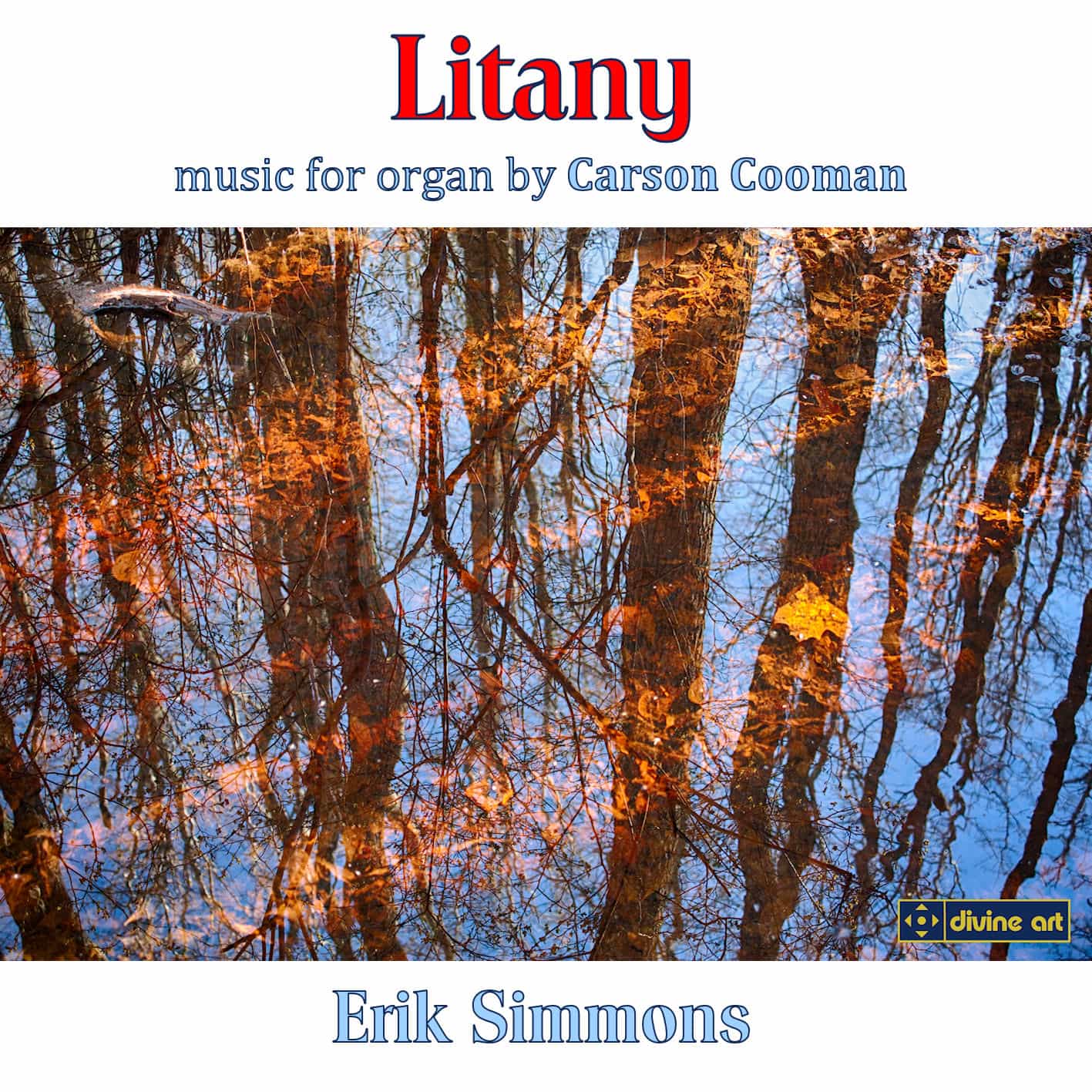 Litany – Organ Music by Carson CoomanPrice range: £8.99 through £12.50
Litany – Organ Music by Carson CoomanPrice range: £8.99 through £12.50 -
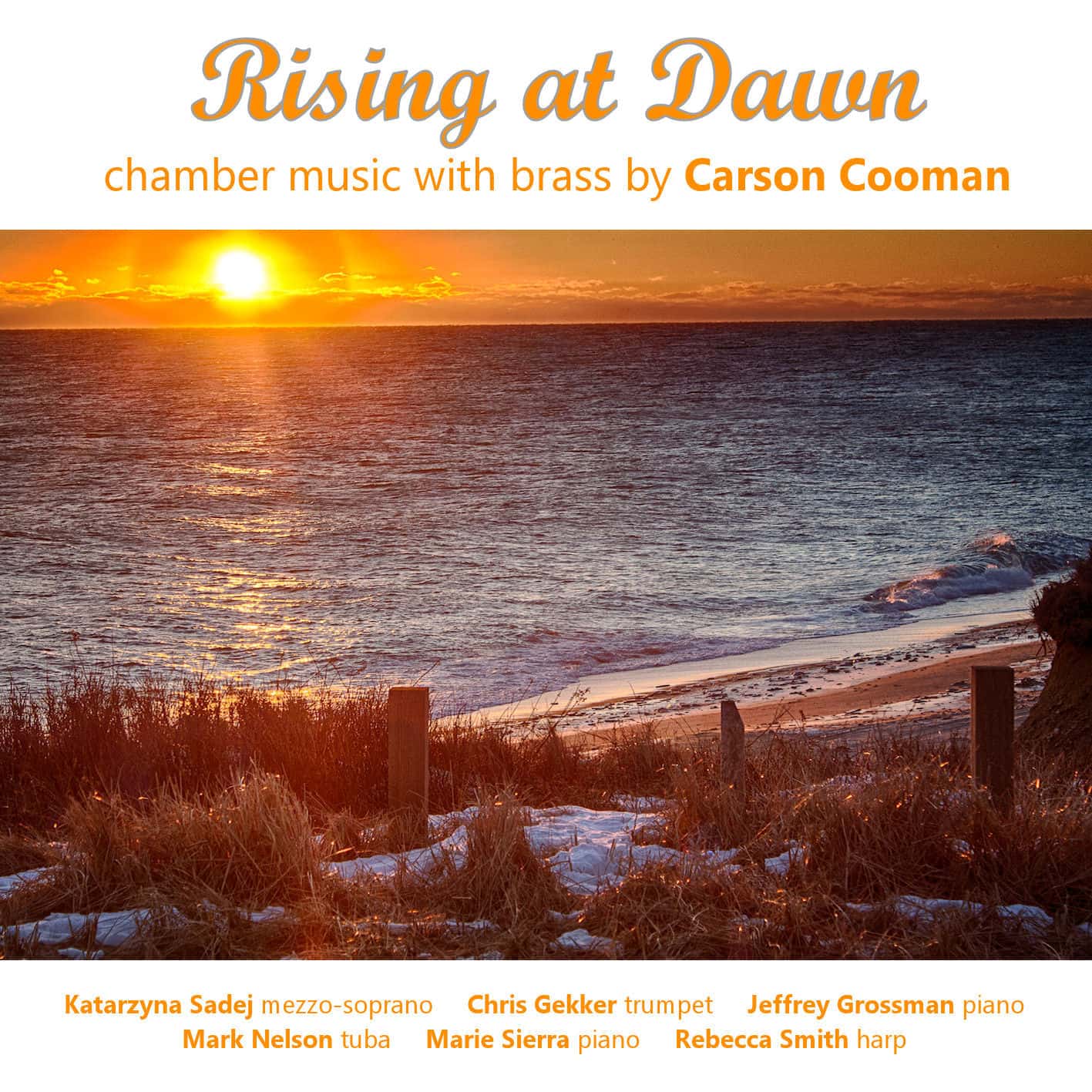 Rising at Dawn – Chamber Music with Brass by Carson CoomanPrice range: £8.99 through £12.50
Rising at Dawn – Chamber Music with Brass by Carson CoomanPrice range: £8.99 through £12.50

